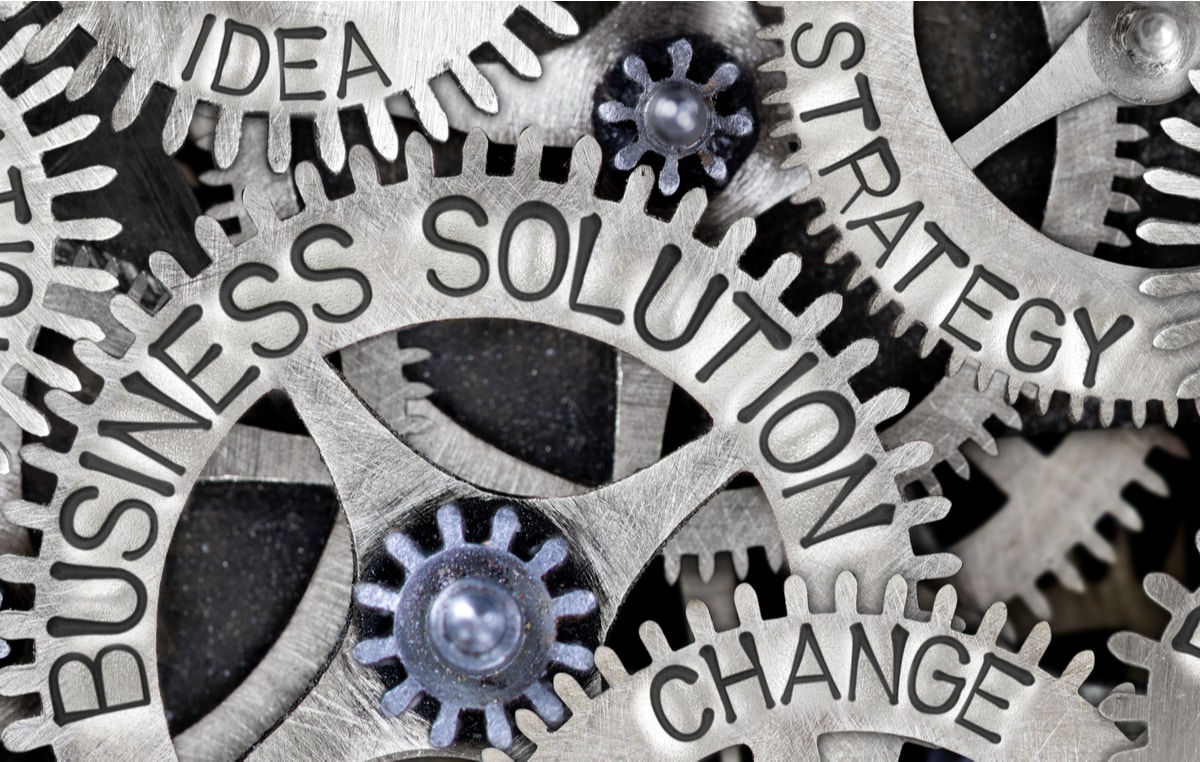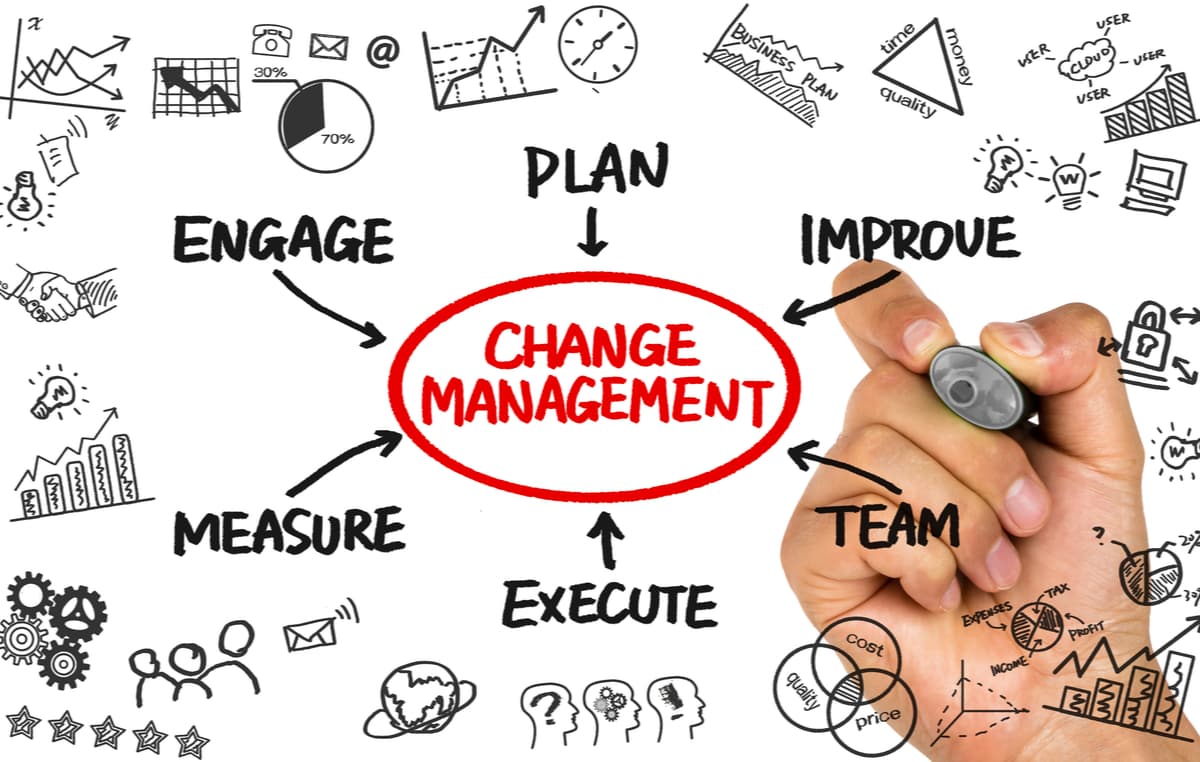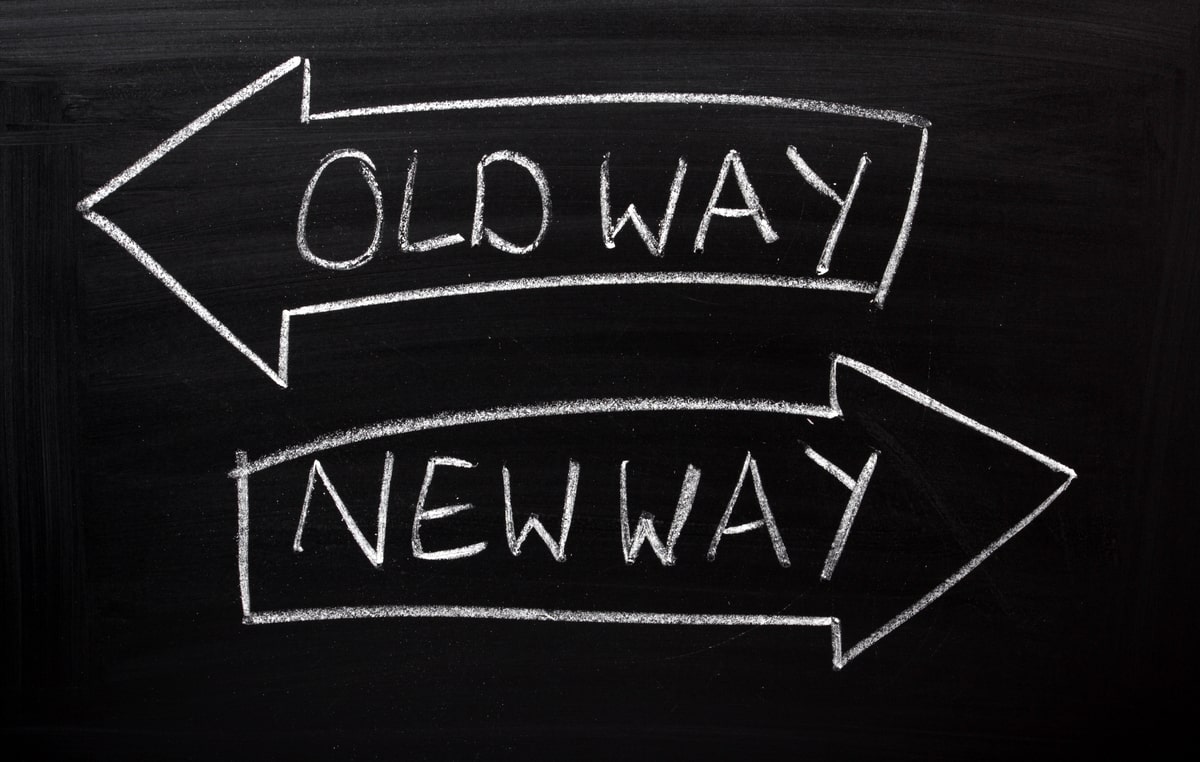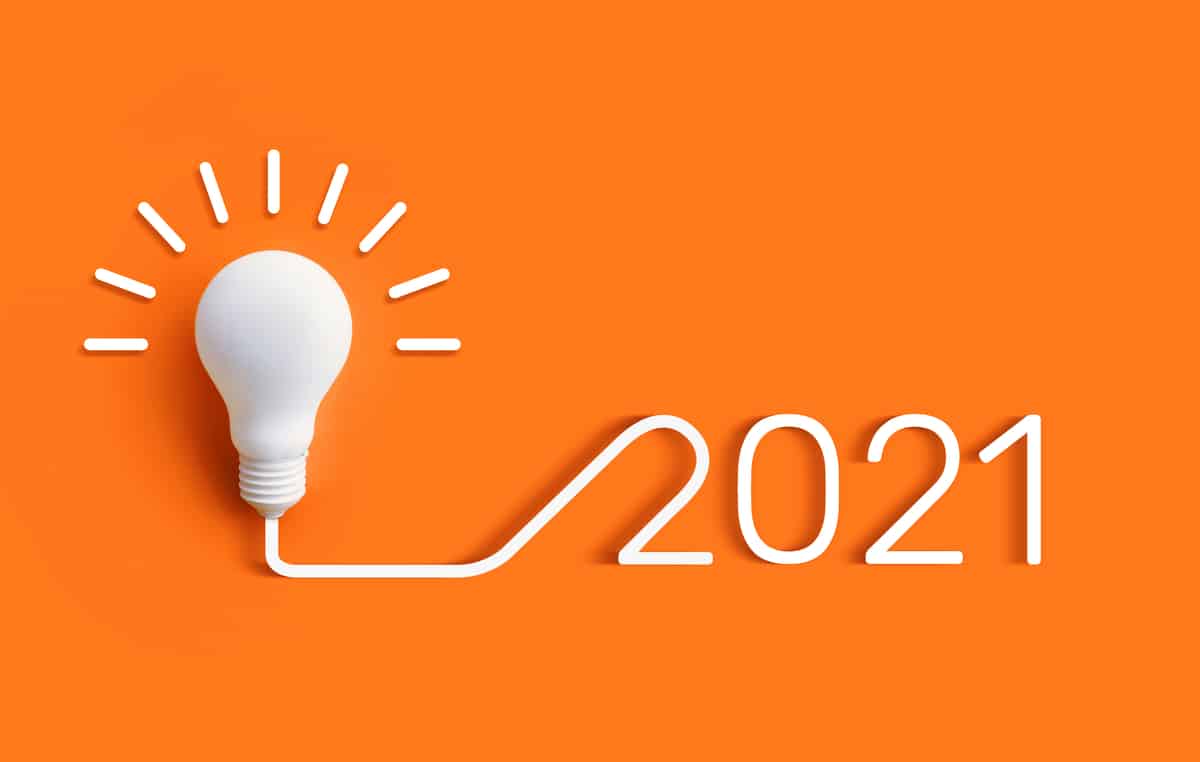
Workplace Change Management in 2021
Are you looking to make some changes in the way your company operates in order to better achieve your goals? If that’s the case, then you’re going to need a good workplace change management plan. With so much volatility in what the future of work looks like for many companies and industries because of the COVID-19 pandemic, change management strategies are more important than ever before. Read on as we take a look at what workplace change management could mean for you, beginning with an explanation of the term for those unfamiliar with what exactly it entails.
Smartway2 enables organizations to take a data-driven approach to change by providing insights into how spaces, desks and other facilities are being used. To find out more request a demo with one of our experts.
Defining Workplace Change Management

Prosci, a global company specializing in change management solutions, defines change management as: “…the processes, tools and techniques used to manage the people side of change and achieve desired business outcomes. Ultimately, change management focuses on how to help employees embrace, adopt and utilize a change in their day-to-day work. Change management is both a process and a competency.”
Change Management Models

There are many existing change management models in the marketplace that can help your company figure out a path forward.
Marketing professionals Kristina Martic and Valène Jounay, published a post on Smarp, an employee communications and advocacy platform, that compiled a list with explanations of 5 of the top change management models. Martic and Jounay’s post is a helpful guide for understanding the different models and we are sharing their list below:
Kotter’s Change Management Model: This model has eight stages and each of them focuses on employees’ response to change.
- Increase urgency
- Build the team
- Get the vision correct
- Communicate
- Get things moving
- Focus on short term goals
- Incorporate change
- Don’t give up
McKinsey 7-S Change Management Model: This model consists of 7 crucial categories that companies should be aware of when implementing change.
- Strategy
- Structure
- Systems
- Shared values
- Style
- Staff
- Skills
ADKAR Change Management Model: ADKAR model can be used by Change Managers to find out various gaps in the process so that effective training can be offered to the employees. ADKAR model stands for:
- Awareness
- Desire
- Knowledge
- Ability
- Reinforcement
Kübler-Ross Five Stage Change Management Model: This model is different from the others in a sense that is 100% employee-oriented. This model consists of five stages through which your employees may be going during organizational changes.
- Denial
- Anger
- Bargaining
- Depression
- Acceptance
Lewin’s Change Management Model: It helps companies better understand organizational and structured change. This model consists of three main stages which are: unfreeze, change and refreeze.
Implementing Change Management

A recent piece in Forbes magazine by Johnny Warström – CEO of Mentimeter, an interactive software platform to improve the meeting experience – explains that implementing change management is tricky. According to Warström, “It is important for business leaders to recognize that simply implementing a Change Management strategy is not a fix-all solution. In fact, it has been recorded that more than 70% of organizational change management process initiatives actually fail to meet their goal, and this is without the added challenge of a global pandemic and a dispersed workforce.” That article goes on to say, “In order for any Change Management strategy to be successful, it is crucial that business leaders take the time and use the plethora of digital communication tools available to them in order to really listen to the concerns of the workforce and ensure that all voices within the business are being heard, regardless of whether they have been at the company for ten years or ten weeks. Change Managers (those chosen to spearhead the transition within the company) should start by approaching employees about the potential for upcoming change within the business and put channels in place to allow for open and transparent conversation.”
Tips for Success

After researching a variety of sources and experts in change management, we are sharing a list of 21 tips for success.
First 6 tips come from FM Link, an online facilities management publication.
- Launch early.
- Use data and evidence-based design research to back up business decisions, analyze success and make the change stick.
- Get senior level sponsorship that is engaged in the project.
- Use change agents or ambassadors actively representing business units.
- Develop a communication program that is well thought out with participation by employees and change agents.
- Keep the change program in place long after the move.
Our next batch of tips come from Robert Half International, a global human resource consulting firm.
- Communicate often (and strategically).
- Acknowledge employees’ feelings when managing change.
- Invite employees to help solve problems.
- Follow through on plans – but be flexible.
- Bring in resources to help drive change.
- Celebrate successes and keep looking forward.
The last 9 tips come from Root Inc., a change management company.
- Follow a process.
- Start with the executives.
- Consider the needs and perceptions of all stakeholders in the change process.
- Pay attention to the individual change process.
- Focus on managers.
- Effectively handle resistance.
- Celebrate early wins.
- Sustain the dialogue.
- Be clear on the metrics for success.
Trends to Watch for This Year

Mary Beth Gibson, Delivery Lead of digital marketing and IT engagement at Logic 20/20, a business and technology consulting company, put together an insightful piece on trends to watch for in 2021. According to Gibson, “Gartner recently reported an alarming statistic: In the year 2020, the amount of change the average employee could absorb before fatiguing was cut in half compared to 2019. As employees coped with uncertainties concerning the economy, job security, the health of their families, and the nation’s political future, their capacity to deal effectively with change in the workplace has plummeted.”
Her trends to watch for are listed below:
- Optimizing digital communications
- Audience-focused strategic scheduling
- Change-driven project management
Smartway2 is a workplace experience that boosts productivity, collaboration and space utilization, by enabling employees to book everything they need to do their best work, from conference rooms and desks, to parking, AV equipment or a catered lunch.


